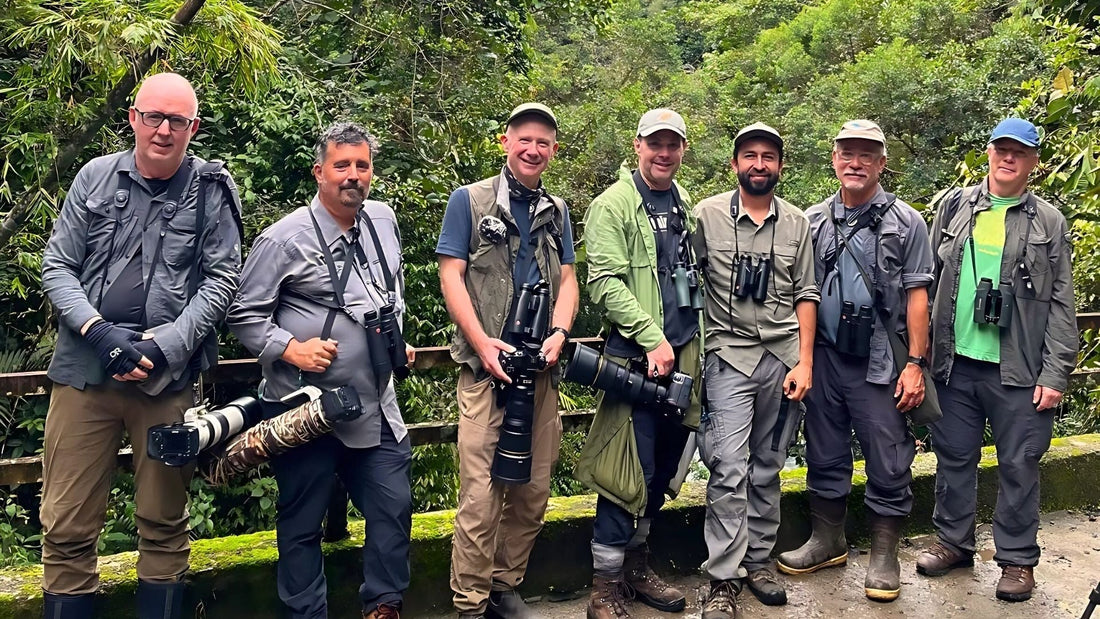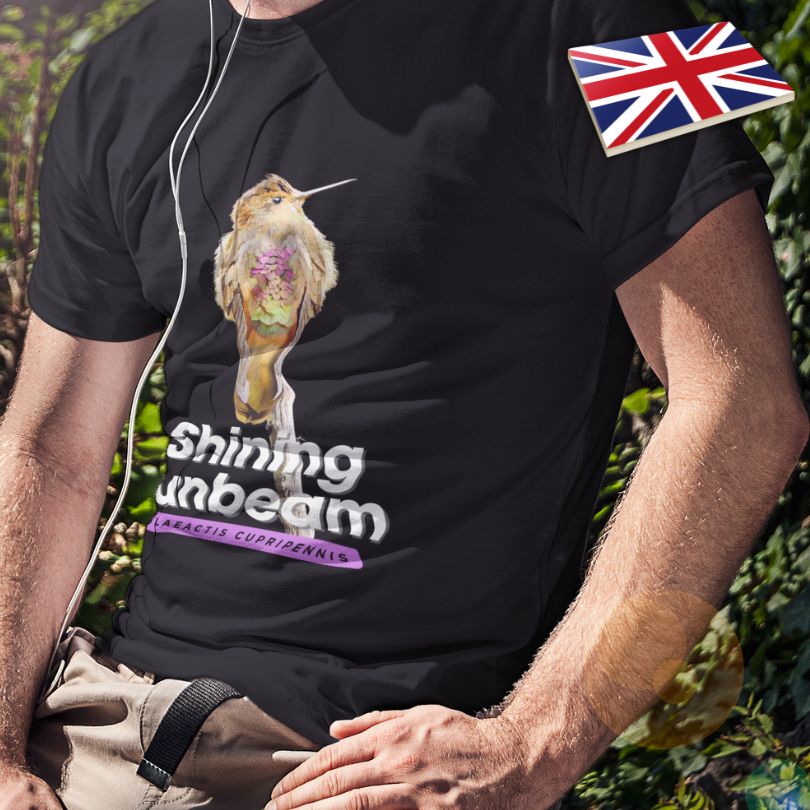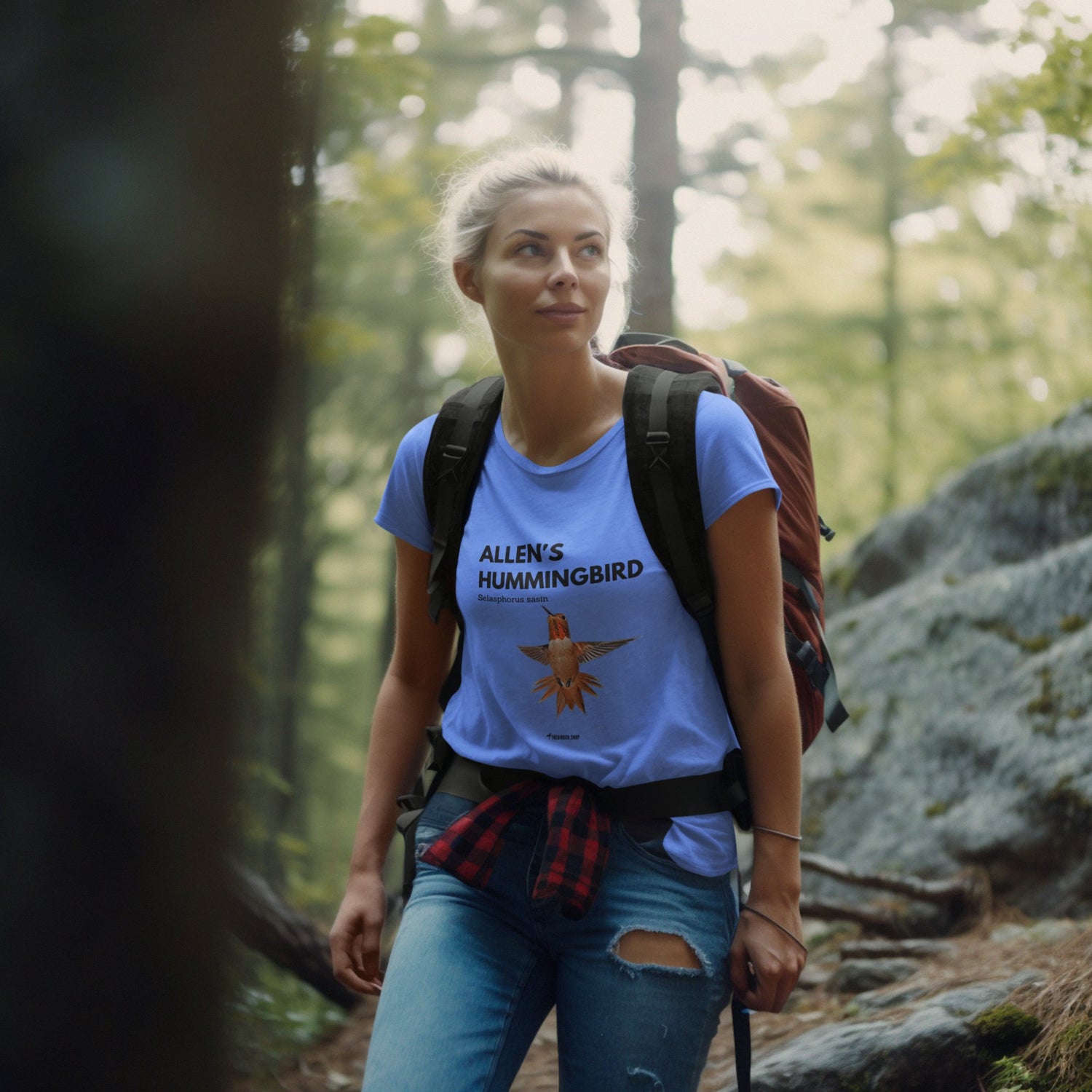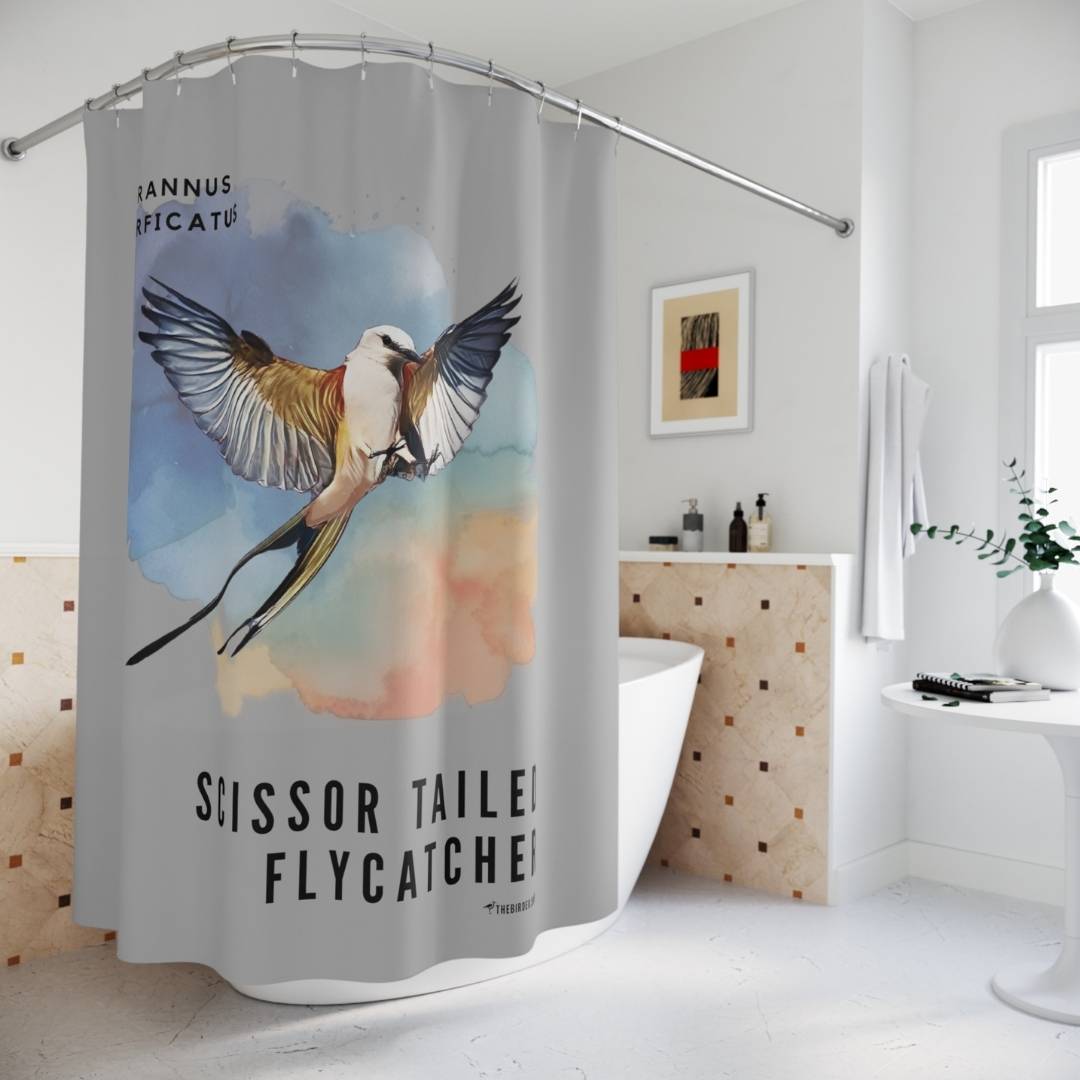Overview
Join us on this spectacular tour designed for adventurous birders, as we explore the unique Eastern Andes & Amazon foothills-Lowlands of Colombia. Our journey will take us from north to south, beginning in Bogotá and concluding in Orito, Putumayo. We'll visit diverse locations that serve as crucial biodiversity corridors connecting the Andes, Eastern Grasslands, and the Amazon region.
The highlights of this tour include chances to see 14 Colombian endemics: Green-bearded Helmetcrest, Bogota Rail, Silvery-throated Spinetail, Apolinar's Wren, Cundinamarca Antpitta, Muisca Antpitta, Brown-breasted Parakeet, Apical Flycatcher, Tolima Dove, Colombian Chachalaca, Indigo-capped Hummingbird, Dusky-headed Brushfinch, East-Andean Antbird, Velvet-fronted Euphonia.

Endemic Green-bearded Helmetcrest
This expedition is tailored specifically for the adventurous birder who prioritizes extraordinary species over comforts. We'll be venturing into pristine, remote areas where tourism infrastructure is still in its early stages of development. What these areas lack in modern amenities, they more than compensate for in their remarkable biodiversity and the opportunity to observe birds that few enthusiasts have documented. If you value adding remarkable species to your life list more than thread count and room service, this adventure was designed with you in mind.
The rich diversity of habitats we'll explore includes Elfin forest, high Andean forests, cloud forests, and tropical rainforest, with Isla Escondida representing the most pristine and well-preserved ecosystem on our route. You can expect to encounter spectacular species such as the Yellow-bellied Dacnis, Lafresnaye's Piculet, Cream-colored Woodpecker, Dwarf Tyrant-Manakin, Plum-throated Cotinga, Nocturnal Curassow, and the spectacular Lettered Aracari.
![]()
Lettered Aracari.
Other notable species we'll search for include: Salvin's Curassow, Buff-tailed Sicklebill, Gould's Jewelfront, Lined Forest-Falcon, White-plumed Antbird, Hairy-crested Antbird, White-lored Antpitta, Thrush-like Antpitta, White-crowned Manakin, Fiery-throated Fruiteater, Wing-barred Piprites, Orange-backed Troupial, Scarlet-shouldered Parrotlet, Cobalt-winged Parakeet, Orange-winged Amazon, Dusky-headed Parakeet, Red-bellied Macaw, Lettered Aracari, and Ivory-billed Aracari, among many others. This tour serves as a perfect complement to our Western Andes, Cauca Valley, and Central Andes tour, offering participants a comprehensive exploration of Colombia's incredible avian diversity across its varied ecosystems.
Day 1 Arrival To Bogota
Upon your arrival at El Dorado International Airport in Bogotá, our team will welcome you at a certain time, agreed in advance, and escort you to the comfortable Black Tower Premium Hotel, a comfortable 4-star accommodation that will serve as our base during our stay in the capital city.
This evening, we'll enjoy a welcome dinner where our local expert guide will provide an exciting preview of the extraordinary birding destinations and remarkable species we'll encounter during our upcoming adventure. It's an excellent opportunity for you to meet your fellow birdwatchers, ask questions, and get a preview of the incredible ornithological journey that awaits you.

Day 2 Sumapaz Elfin forest
We'll begin our day early, departing from Bogotá and making our way to the magnificent elfin forests of Sumapaz National Park. As we reach the páramo ecosystem, you'll be captivated by a landscape adorned with Espeletias (known as "frailejones") and arnica flowers. In this unique high-altitude environment, we'll focus on finding our main target species - 4 Colombian endemics: the spectacular Green-bearded Helmetcrest, Bogota Rail, Silvery-throated Spinetail, and the elusive Apolinar's Wren.
Throughout the day, we'll have excellent opportunities to observe remarkable birds that have adapted to the challenging conditions of the páramo ecosystem, at elevations above 3,000 meters (9,840 feet). Our checklist may include fascinating species such as: Andean Teal, Andean Duck, Bronze-tailed Thornbill, Shining Sunbeam, American Coot, Noble Snipe, Tawny Antpitta, Pale-bellied Tapaculo, Chestnut-winged Cinclodes, Andean Tit-Spinetail, Many-striped Canastero, White-chinned Thistletail, Tawny-rumped Tyrannulet, Plain-capped Ground-Tyrant, Red-rumped Bush-Tyrant*, Paramo Pipit, Red-crested Cotinga, Andean Siskin, Pale-naped Brushfinch, Scarlet-bellied Mountain Tanager, Buff-breasted Mountain Tanager, Rufous-browed Conebill, Black Flowerpiercer, Plain-colored Seedeater, among others.

Endemic Apolinar's Wren
Day 3 El Refugio del Tororoi ( Antpitta Refuge )
An exciting morning awaits us today as we embark on a quest to find one of Colombia's rarest endemic species, the Cundinamarca Antpitta. After a short journey, with a transfer to 4x4 vehicles, we'll arrive at the Tororoi Refuge near the town of Guayabetal. This established feeding station offers an exceptional opportunity to potentially observe three magnificent endemic species: the Cundinamarca Antpitta, Muisca Antpitta, and the Brown-breasted Parakeet.
Our exploration will take place in the breathtaking high Andean and sub-páramo forests, ranging from 2,200 to 3,000 meters (7,218 to 9,840 feet) above sea level. Here, we'll have remarkable chances to observe and listen for a diverse array of fascinating birds, including: Slate-crowned Antpitta, Chestnut-crowned Antpitta, Sickle-winged Guan, Golden-headed Quetzal, Masked Trogon, Southern Emerald-Toucanet, Long-tailed Tapaculo, White-crowned Tapaculo, Blackish Tapaculo, Pearled Treerunner, Green-and-black Fruiteater, Rufous-headed Pygmy-Tyrant, Rufous-crowned Tody-Flycatcher, Flavescent Flycatcher, Black-collared Jay, Green Jay, Sharpe's Wren, Common Chlorospingus, Ochre-breasted Brushfinch, Russet-backed Oropendola, Mountain Cacique, Citrine Warbler, Golden-fronted Redstart, Golden-crowned Tanager, Beryl-spangled Tanager, and Gray-hooded Bush Tanager.
We'll also keep our eyes peeled for some of the more elusive species in the area, such as the Emerald-bellied Puffleg, Lined Quail-Dove, Tyrannine Woodcreeper, and Olive-backed Woodcreeper, among many others.

Endemic Cundinamarca Antpitta
Day 4 Flight to Pitalito & El Encanto Nature Reserve
We will flight south to Pitalito, a small city in Huila Province. At the Airport our Van will be especting us and give us a ride to El Encanto Natural Reserve. Nestled in the lush landscapes of the Eastern Andes, El Encanto stands as a testament to sustainable ecotourism and avian conservation. With a decade of experience, this family-managed reserve has emerged as a premier destination for birdwatchers seeking unique and rare species. El Encanto offers meticulously placed feeding stations that attract a stunning array of tanagers and hummingbirds rarely seen elsewhere in the region. In the afternoon, we will be birding at the trails and feeders of this fantastic Reserve.
We will find very nice endemics at el Encanto such as Apical Flycatcher, Tolima Dove, Colombian Chachalaca, Indigo Capped Hummingbird, Dusky headed Brushfinch and Velvet fronted Euphonia. We may find also interesting birds like Gray cowled Wood-Rail, Gorgeted Woodstar, Red billed Emerald, White vented Plumeleteer, Shining green Hummingbird, Olivaceous Piculet, Smoky brown Woodpecker, Laughing Falcon, Bronze winged Parrot, Bar crested Antshrike, White crowned Tapaculo, Ash browed Spinetail, Slaty Spinetail, Ochre bellied Flycatcher, White winged Becard, Cerulean Warbler, Blue necked Tanager, Bay headed Tanager, Golden eared Tanager, Guira Tanager, Black stripped Sparrow, Chestnut capped Brushfinch, White napped Brushfinch among others.

Day 5 Drymophila Reserve
"La Drymophila" Reserve- named after the scientific genus of montane antbirds, includes the Chusquea bamboo which are critical habitat for the endemic East-Andean Antbird, a species with an extraordinarily restricted range, making La Drymophila the premier destination for observing this rare bird.
This reserve boasts the region's only feeding stations dedicated to some of the most elusive and rarely-seen bird species: the endemic Red-bellied Grackle, endemic Dusky-headed Brushfinch , the mysterious Schwartz's Anttrush, the notoriously difficult-to-spot White-bellied Antpitta, and the uncommon Hooded Antpitta. Rare avian treasures continue to surprise visitors, including the Black-chested Fruiteater and frequent sightings of the endemic race of the Maroon-Tailed Parakeet - a species potentially on the verge of being recognized as a distinct species, potentially known as the Huila Parakeet.
The reserve's carefully maintained feeders attract an impressive array of bird species, including: endemic Tolima Blossomcrown, White-throated Quail-dove, Chestnut-capped Brush-finch, Lazuline Sabrewing, Gorgeted Woodstar, Western Fire-eye, Long-tailed Tapaculo, Golden-winged Manakin, Sulphur-bellied Tyrannulet, Plumbeous-crowned Tyrannulet, Ashy-headed Tyrannulet, Chestnut-bellied Thrush, Rufous-crested Tanager, Flame-faced Tanager and many more interesting birds.

Schwartz's Anttrush
Day 6 Finca Discosura & Transfer to Mocoa
We will have an early start and drive to Finca Discosura. This reserve is the welcoming home of the Navia family, who have lovingly transformed their property into an intimate lodge featuring excellent feeding stations and well-maintained trails. This 8-hectare natural reserve connects with the Verdeyaco Natural Reserve at an elevation of approximately 1,000 meters (3,280 feet) above sea level. The property is strategically located in a biological corridor linking the Eastern Andes slopes with the Amazon lowlands.
At Finca Discosura's feeders and along its trails, we have excellent opportunities to observe an impressive variety of birds, including: Wire-crested Thorntail, White-bearded Hermit, Violet-headed Hummingbird, Golden-tailed Sapphire, Glittering-throated Emerald, Band-bellied Owl, Green-backed Trogon, Blue-crowned Trogon, Gilded Barbet, Scaled Piculet, Military Macaw, Black-faced Antbird, Scaled Antpitta, Dusky Spinetail, Wing-barred Piprites, Short-crested Flycatcher, Lemon-browed Flycatcher, Thrush-like Wren, Magpie Tanager, Green-and-gold Tanager and the stunning Paradise Tanager.

Day 7 Campucana, Mocoa’s Andean Foothills
The historic Campucana trail weaves through the remarkable transition zone between Mocoa and the Southern Andean foothills, eventually connecting to the Sibundoy Valley. This well-preserved forest pathway offers birders an extraordinary opportunity to explore one of Colombia's most biodiverse regions. During our exploration, we'll search for some of the area's most fascinating inhabitants, from the secretive Black and Undulated Tinamus to the dazzling Black-throated Brilliant and Golden-tailed Sapphire. The forest canopy hosts spectacular species like the Blue-crowned Trogon, Black-streaked Puffbird, and the charismatic Blue rumped Manakin.
We'll also keep our eyes peeled for special finds such as the Wattled Guan, Blue-fronted Lancebill, and the striking Red-capped Cardinal. The understory provides habitat for numerous antbirds, including the Lined Antshrike, Russet Antshrike, White-streaked Antvireo, Foothill Antwren, and Yellow-breasted Antwren. Particularly exciting is the possibility of encountering the migratory Cerulean Warbler, along with resident species like the Orange-eared Tanager, Speckled Tanager, Silver-beaked Tanager,Gray chinned Hermit, Scaled Piculet, Maroon Tailed Parakeet, Black-billed Treehunter, Dusky Spinetail, Cream-colored Woodpecker and many more.

Cream-colored Woodpecker
Day 8 Trampolin Road
The Trampolin of Birds presents a remarkable ecological corridor spanning dramatic elevations from 2,500 to 1,000-1,200 meters above sea level as it descends toward Mocoa. This vital roadway connecting Pasto and Mocoa cuts through pristine subtropical forest that extends unbroken in every direction, creating a paradise for bird enthusiasts. This altitudinal gradient hosts an extraordinary variety of avian species. In the higher elevations, observers might encounter the Deep Blue and Bluish Flowerpiercers, while the mid-elevation zones are home to specialties like the Short-billed Chlorospingus and White-rimmed Brushfinch. The lower reaches reveal gems such as the Coppery-chested Jacamar and Black-streaked Puffbird.
The area's rich biodiversity includes an impressive array of tanagers - from the striking Blue-browed and Orange-eared to the distinctive White-capped and Grass-green varieties. Notable residents include multiple antpitta species (White-bellied and Slate-crowned), three species of tapaculos (Spillman's, White-crowned, and Long-tailed), and impressive raptors like the Black and Chestnut Eagle. The route also offers opportunities to observe various tyrant flycatchers, including the Sulphur-bellied Tyrannulet and Slate-backed Chat-Tyrant, alongside the endemic Red-bellied Grackle and the striking Black-collared Jay.

Day 9 Portal del sol
Portal del Sol is a charming reserve and ecolodge nestled within a secondary tropical rainforest, uniquely positioned at the Amazonian Andean foothills, making it a megadiverse ecosystem.
This day we will have a few hours of spectacular birding in the morning. During our morning exploration, we'll have excellent opportunities to encounter an impressive variety of birds, including: Yellow-bellied Dacnis, Cinereous Tinamou, Spix's Guan, Short-tailed Swift, Fork-tailed Palm Swift, and the beautiful Glittering-throated Emerald. We may also spot nocturnal species like the Tawny-bellied Screech-Owl and the semidiurnal Ferruginous Pygmy-Owl. The forest is home to a remarkable diversity of colorful species such as the Green-backed Trogon, White-fronted Nunbird, Gilded Barbet, and Chestnut-eared Aracari. Multiple woodpecker species inhabit the area, including the Lafresnaye's Piculet, Yellow-tufted Woodpecker, Cream-colored Woodpecker, and Chestnut Woodpecker.

Chestnut Woodpecker
The understory hosts fascinating antbirds like the White-shouldered Antbird and Peruvian Warbling-Antbird, while the middle and upper canopy layers are frequented by the Buff-throated Woodcreeper and Orange-fronted Plushcrown. We'll also search for the striking Blue-capped Manakin, Dwarf Tyrant-Manakin, and the impressive Plum-throated Cotinga. The reserve boasts an amazing variety of flycatchers, including the Ochre-bellied Flycatcher, Rusty-fronted Tody-Flycatcher, and Yellow-browed Tody-Flycatcher. The beautiful Violaceous Jay can be found here, along with various swallow species like the White-winged and White-banded Swallows. Finally, the area is particularly rich in colorful tanagers and euphonias, including the Golden-bellied, White-vented, and Orange-bellied Euphonias, as well as the stunning Paradise Tanager, Turquoise Tanager, and Magpie Tanager, among many others.

Paradise Tanager
We'll depart around 10:00 AM heading towards Orito, Putumayo. Upon reaching our meeting point, we'll leave our van for a few days and embark on an exciting journey to the spectacular and renowned Isla Escondida (Hidden Island). The trek to the reserve takes between 2 to 3 hours, and you'll be able to enjoy the walk unburdened as our pack horses will transport all luggage to the reserve.
This memorable hike offers our first glimpse into the transitional zone between the Andes and the Amazon, providing excellent opportunities for birding along the way. The trail itself is part of the adventure, leading us into one of Colombia's most pristine and isolated natural sanctuaries.
Day 10 / 11 / 12 La Isla Escondida ( the Hidden Island )
In the heart of Colombia's southern wilderness lies Isla Escondida (Hidden Island) Reserve, a pristine sanctuary nestled where the Andes embrace the Amazon near the city of Orito, Putumayo Province, close to the Ecuadorian border. This remarkable 106-hectare reserve sits at an elevation of 850 meters (2,789 feet), where 90% of its territory consists of untouched primary forest. Its strategic location between two major rivers, Rio Sucio and Rio Guamúez, has created a natural fortress that has preserved its extraordinary biodiversity from hunting and logging activities.

Golden-collared Toucanet
The reserve represents a unique ecological crossroads where Andean and Amazonian wildlife converge. Here, you might encounter Andean species such as the magnificent Spectacled Bear, various deer species, and Pumas, alongside Amazonian inhabitants including the elusive Jaguar, Tapirs, and playful Tamarins. The reserve is also home to impressive reptiles like the formidable Amazon Bushmaster and various other vipers, as well as a diverse array of frogs, butterflies, and birds.
This biological treasure, true to its name "Hidden Island," stands as a testament to nature's resilience, offering visitors a rare glimpse into one of South America's most biodiverse and well-preserved ecosystems. The reserve has 3 Canopy platforms with complete views over the surrounding canopy.

Spangled Cotinga
We will be birding in this fantastic reserve during 3 days in it’s platforms and trails. There we will have chances to observe spectacular bird species such as: Great Tinamou, Blue-throated Piping-Guan, Wattled Guan, Nocturnal Curassow, Salvin's Curassow, Marbled Wood-Quail, Scaled Pigeon, Gray-fronted Dove, Black-bellied Cuckoo, White-chinned Swift, Spot-fronted Swift, Buff-tailed Sicklebill, Pale-tailed Barbthroat, White-bearded Hermit, Great-billed Hermit, Gray-chinned Hermit, Reddish Hermit, Blue-fronted Lancebill, Black-eared Fairy, Ecuadorian Piedtail, Black-throated Brilliant, Gould's Jewelfront, Gray-breasted Sabrewing, Golden-tailed Sapphire, Gray-winged Trumpeter,

White-throated Toucan
Black Hawk-Eagle, Tiny Hawk, Black-faced Hawk, Foothill Screech-Owl, Band-bellied Owl, Pavonine Quetzal, Amazonian Trogon, Blue-crowned Trogon, Collared Trogon, Amazonian Motmot, Collared Puffbird, Western Striolated-Puffbird, White-fronted Nunbird, Great Jacamar, Many-banded Aracari, Golden-collared Toucanet, White-throated Toucan, Red-stained Woodpecker, Little Woodpecker, Red-necked Woodpecker, Crimson-crested Woodpecker, Waved Woodpecker, White-throated Woodpecker, Golden-green Woodpecker, Lined Forest-Falcon, Red-throated Caracara, Black Caracara,

Blue-crowned Trogon
Mealy Amazon, Black-headed Parrot, Military Macaw, Fulvous Antshrike, Plain-winged Antshrike, Mouse-colored Antshrike, Russet Antshrike, Dusky-throated Antshrike, Foothill Stipplethroat, Banded Antbird, Rusty-winged Antwren, Peruvian Warbling-Antbird, Black Antbird Gray Antbird, Black-faced Antbird, Spot-winged Antbird, Sooty Antbird, White-plumed Antbird, White-cheeked Antbird, Hairy-crested Antbird, Spot-backed Antbird, Common Scale-backed Antbird, White-lored Antpitta, Thrush-like Antpitta, Rusty-belted Tapaculo, Ocellated Woodcreeper, Duida Woodcreeper, Rufous-rumped Foliage-gleaner, Rufous-tailed Foliage-gleaner, Chestnut-winged Foliage-gleaner, Dwarf Tyrant-Manakin, Green Manakin, Blue-capped Manakin, Striolated Manakin, White-crowned Manakin,

Blue-throated Piping-Guan
Fiery-throated Fruiteater, Gray-tailed Piha, Amazonian Umbrellabird, Spangled Cotinga, Foothill Schiffornis, Black-capped Becard, Tawny-breasted Flycatcher, Wing-barred Piprites, Ochre-bellied Flycatcher, Spectacled Bristle-Tyrant, Black-and-white Tody-Flycatcher, Golden-winged Tody-Flycatcher, Yellow-margined Flatbill, Grayish Mourner, Tawny-crowned Greenlet, Dusky-capped Greenlet, Tawny-faced Gnatwren, Scaly-breasted Wren, Coraya Wren, Musician Wren, White-necked Thrush, Golden-bellied Euphonia, Rufous-bellied Euphonia, Green Oropendola, Olive Oropendola, Yellow-lored Tanager, Fulvous-crested Tanager, Fulvous Shrike-Tanager, Black-faced Dacnis, Opal-crowned Tanager, Opal-rumped Tanager, Paradise Tanager, Short-billed Honeycreeper, Yellow-backed Tanager among many other amazing birds.
Day 13 Last day at Isla Escondida & Transfer to Puerto Asis
Today we'll savor our final morning at Isla Escondida, taking full advantage of its excellent trails and observation platforms. We'll spend the morning birding in this remarkable sanctuary, followed by lunch at the reserve. As we make our descent back to the road, we'll enjoy our last birding session in this spectacular area, making the most of every opportunity to spot species we might have missed.
Our van will be waiting to transport us to Puerto Asís, where we'll arrive around sunset.

Olive Oropendola
Day 14 Playa Rica Trail
Playa Rica, accessible by a scenic 20-minute boat ride along the Putumayo River, is a remarkable community known for its extraordinary biodiversity, warm-hearted people, and their collective commitment to habitat conservation. Today, we'll explore the intriguing "Sendero del Árbol que Camina" (Walking Tree Trail), where we'll search for an impressive variety of Amazonian species.
During our excursion, we'll have opportunities to observe a diverse array of birds, including two species of tinamous (Undulated and Cinereous), the interesting Horned Screamer, and various wetland species such as the striking Scarlet Ibis and Green Ibis. The area is also home to notable raptors like the Greater Yellow-headed Vulture and the majestic Black Hawk-Eagle.

Female Amazonian Umbrellabird
The riverside habitat offers excellent chances to spot kingfishers, including the diminutive American Pygmy Kingfisher and the stunning Green-and-rufous Kingfisher. We'll also search for fascinating species like the Black-fronted Nunbird, Swallow-winged Puffbird, and two species of jacamars - the White-eared and White-chinned.
The forest hosts an impressive variety of woodpeckers, including the Little Woodpecker, Crimson-crested Woodpecker, and Rufous-headed Woodpecker. We'll also look for colorful species such as the Scarlet-crowned Barbet, Lettered Aracari, and Many-banded Aracari.

Turquoise Tanager
Other highlights may include the Black Caracara, Cobalt-winged Parakeet, Riparian Parrotlet, and various antbirds such as the Riparian Antbird, Plumbeous Antbird, and the fascinating Black-spotted Bare-eye. One of the most remarkable species we might encounter is the impressive Amazonian Umbrellabird.
This rich mosaic of habitats also supports species like the White-lored Antpitta, Long-billed Woodcreeper, Mottle-backed Elaenia, Cinnamon Attila, Short-crested Flycatcher, Black-capped Donacobius, Orange-backed Troupial, and the beautiful Turquoise Tanager.
Day 15 Amazon's Birds Reserve / Departure
We'll make the most of our final morning by exploring the trails of Amazon's Birds Reserve. Located just minutes from Puerto Asis, these paths host an incredible variety of Amazonian lowland species, including: Hoatzin, Reddish Hermit, Glittering-throated Emerald, Uniform Crake, Rufous-sided Crake, Gray-breasted Crake, Green Ibis, Green-backed Trogon, Amazonian Trogon, Black-fronted Nunbird, White-eared Jacamar, White-chinned Jacamar, Lettered Aracari, Chestnut-eared Aracari, Lafresnaye's Piculet, Yellow-tufted Woodpecker, Rufous-headed Woodpecker, Cream-colored Woodpecker, Black Caracara, Scarlet-shouldered Parrotlet, Cobalt-winged Parakeet, Orange-winged Amazon, Dusky-headed Parakeet, Red-bellied Macaw, Peruvian Warbling-Antbird, Silvered Antbird, White-shouldered Antbird, Plum-throated Cotinga, Bare-necked Fruitcrow, Straight-billed Woodcreeper, Orange-fronted Plushcrown, Black-tailed Tityra, Rusty-fronted Tody-Flycatcher, Yellow-browed Tody-Flycatcher, Gray-crowned Flatbill, Silver-beaked Tanager, and Chestnut-bellied Seed-Finch.

Chestnut-eared Aracari
We'll continue birding until it's time to head to the airport for our flight back to El Dorado International Airport in Bogotá, where our tour concludes upon landing. We'll bid farewell hoping that you've enjoyed a magnificent birding adventure in Colombia, taking with you unforgettable memories of our country's incredible avian diversity.
SPECIFICATIONS:
Length: 14 Nights/ 15 days
Starting city: Bogotá Ending city: Bogotá
Pace: medium fast Physical Difficulty: Challenging
Focus: Birdwatching
Bear in Mind
Start Times: Our days will typically begin early, with start times generally between 5:00 and 5:30 am, though some mornings we may begin as early as 4:00 am.
Meals: Field breakfasts will be arranged on certain days, while other meals will be enjoyed at lodges, hotels, or nearby restaurants. Each meal includes a main dish and a drink (water, soda, juice, or beer). Please note that appetizers, desserts, extra beverages, beer, and wine (by the glass or bottle) are not included.
Land Transportation: Travel between birding locations is relatively short, ranging from 2 to 3 hours. Our primary mode of transportation will be a comfortable, air-conditioned van, except when road conditions require the use of 4x4 vehicles, such as on Drimophyla.
Difficulty Level: Most walks during this tour are of low to medium difficulty. However, at Isla Escondida (Hidden Island), you'll encounter moderate hiking conditions:
Access to the Reserve:
- Initial hike to the reserve involves a 2-3 hour uphill walk
- All luggage will be transported by horseback for your convenience
- Well-maintained trails around the reserve, though they can be muddy and have some inclines (Bring or Buy here in Colombia Rubber Boots)
Canopy Observation Platforms:
- The reserve features observation platforms built in the forest canopy, approximately 20 meters (65 feet) above ground
- Access is via secure stairways with safety lines
- All participants are connected to safety lines while climbing
- For those uncomfortable with heights, we offer an alternative pulley system to help you reach the second platform
- All personal equipment (cameras, spotting scopes, etc.) will be safely hoisted up using our pulley system
Important Note: While the canopy platforms offer exceptional birding opportunities, they may be challenging for those with a fear of heights. However, our experienced team prioritizes safety and comfort, ensuring multiple options for everyone to enjoy the incredible birdwatching opportunities at Isla Escondida.
Climate: The weather will vary, with warm temperatures and humidity in the lowland areas such as , Mocoa, Campucana, Portal del Sol, Isla Escondida, Puerto Asís, Playa Rica, Amazon’s Bird reserve. In the highlands, the climate will be cooler and more pleasant Refugio del Tororoi, El Encanto and Trampolín Trail. The coldest temperature we’ll encounter is usually around 7°C during the early morning at Sumapaz. It’s advisable to wear a couple of layers for the first hour or two until it warms up.
Accommodations: We will use comfortable & clean hotels and Birding Lodges. All hotels and accommodations provide private bathrooms and electricity. At higher elevations, hot water is available at all locations. Wi-Fi is typically available in all hotels, except in Portal del Sol & Isla Escondida.
Expectations and Guidelines for a Smooth Birding Tour Experience ⬅️
Join our next tour and enjoy the beauty of Colombia's birdlife like never before! Email or hit us up on WhatsApp, asking for quote and our detailed itinerary with lodging, and everything included in our tours.









